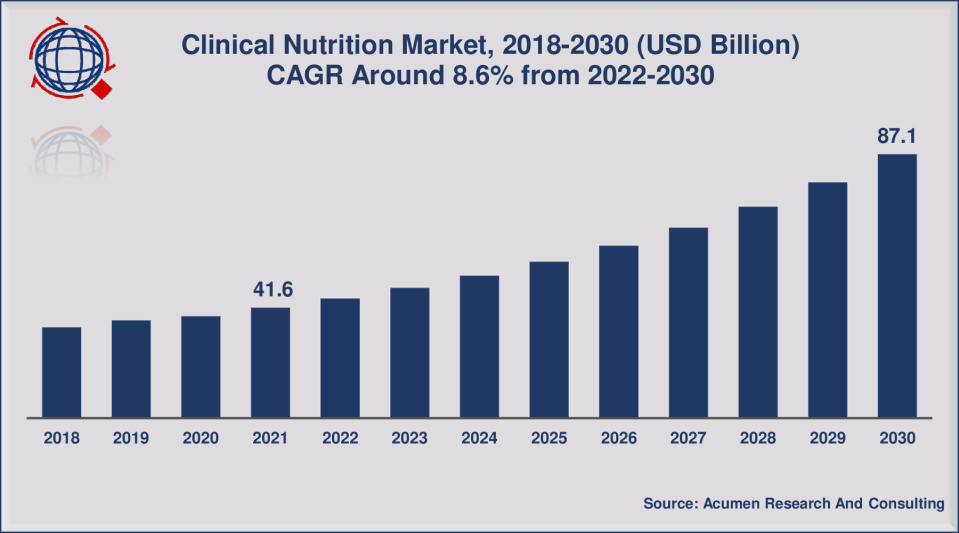
The holidays provide a classic case study in social motivation and the pathway to the healthy behavior so elusive to many men. It is amazing how the season creates a powerful confluence of emotional bonds that, when recognized, can provide the reason for living healthy and happily. The key word being "recognized."
Far too many men of all ages will enjoy time spent with family and friends, perhaps be moved by the presence of so many loved ones and the concentration of kinship, but ultimately return to their regular routines in January. No light bulbs come on. No dots are connected. And, most significantly, no action results from the exposure to all this emotional inspiration.
My guess is that most men would acknowledge that the time between Thanksgiving and New Year's Day presents a compelling argument for some level of attention to one's health given the range of loving relationships in front of them. Sadly, just the opposite occurs. We get a universal pass to overeat and drink too much, and that becomes the focus of the season.
Now, don't get me wrong, I enjoyed a very nice meal and indulged at Thanksgiving, and will likely do the same at Christmas dinner. It's fine to push the limits at this time of year. A few days do not define a lifestyle. What's concerning is the focus on the festivities. Too many men miss the value of the loving relationships surrounding them or, perhaps more fairly, are just not moved enough to act upon them as far as their health is concerned.
Let me use my own recent experience at Thanksgiving to illustrate. First, the line-up of guests. My wife Maria and I were blessed to be joined at our home by my two sons, their families and, of course, our grandson Luca. Adding to that were Maria's brother and sister-in-law, and two of her 20-something nephews. Rounding out the guest list was one of my sisters. In terms of social motivation for adopting and sustaining a healthy lifestyle, the day checked all the boxes for me.
Here's what I mean. There was valuable quality time with my two sons that allowed me to build on the father-son relationship. That was closely followed by the benefits of hanging out with my grandson. Then, there was my sister, whose escapades I highlighted when describing the value of maintaining sibling relationships. And, of course, there is the master planner and chief executive of the day, Maria, who's impact on me I detailed last year.
There's more. Catching-up with Maria's 20-something nephews was a classic example of the fun associated with – and benefits of – intergenerational relationships. And finally, let's not neglect the psychological benefits of anticipation, or the positive impacts of gratitude.
The opportunity to enjoy our families and, for some, the prospect of a super-long weekend, creates one of the year's most anticipated holidays, while the holiday also can prompt feelings of gratitude. And this brings us back to our common theme of healthy living, and the power of our social relationships in fueling the fire of discipline we need to change behavior.
Your action plan
So, if you attended a business event and identified several prospects, what would you do? Well, of course, you'd make some notes on each and follow up. You would establish some short-term goals for making contact and be thinking about the potential long-term prospects to discuss when you had your follow-up meeting.
Swap out the business setting for a hypothetical social gathering, where you meet a guy who enjoys watching the Sixers as much as you do. Again, you would grab his mobile number or email address and circle back with a date to catch a game.
Well, it's no different when it comes to leveraging your social motivators and building a platform of sustained inspiration for living healthy. Establish some goals. To make the most of what you’ll need to maintain a healthy lifestyle over the long haul, think of your holiday experience as the impetus to develop stronger bonds with the people whom you may not normally see outside the season, or those with whom you just want to be closer. These are the relationships that have the ability to create the purpose in life and your "why" for a healthy lifestyle. Remember, before you set out on a diet or exercise regimen, you need to build a strong social platform because it is the power of these relationships that will give you the reason to get you out of bed in the morning and hit the gym.
While I do not want to turn a loving family tradition into a business proposition, nevertheless, the holidays can serve as a focus group where you can evaluate your social interactions and identify those that have the power you need for long-term success.
With your social platform in place, you can then look at diet and exercise opportunities that fit your situation. You can supplement these tips with information on the use of music to boost your exercise endurance and precautions to take during summer workouts.
There you have it. Enough to get you started and to keep you going. But let's circle back to where I started, your need to recognize what's at stake and how the holidays personify the value in living healthy. If you want to enjoy and actively engage with your loved ones in the years ahead (by more than just being a couch potato watching the game), use the holidays for the motivation they hold. Think about the memories to come with the people you share dinner. If the prospect of more holidays, birthdays, graduations or vacations with these folks appeals to you, then do what you need to do. You will be forever grateful you did.
Louis Bezich, senior vice president and chief administrative officer at Cooper University Health Care, is author of "Crack The Code: 10 Proven Secrets that Motivate Healthy Behavior and Inspire Fulfillment in Men Over 50." Read more from Louis on his website.
from "healthy life" - Google News https://ift.tt/OeFJxY4
via IFTTT














